 W
WClifford Warren Ashley was an American artist, author, sailor, and knot expert. He was born in New Bedford, Massachusetts, son of Abiel Davis Ashley and Caroline Morse. Ashley married Sarah Scudder Clark in 1932, with whom he had two daughters, one of whom is practicing painter Jane Ashley. He also adopted his wife's daughter from a previous marriage. He died in Westport Point, Massachusetts.
 W
WJames Bard (1815-1897) was a marine artist of the 19th century. He is known for his paintings of watercraft, particularly of steamboats. His works are sometimes characterized as naïve art. Although Bard died poor and almost forgotten, his works have since become valuable. Bard had a twin brother, John (1815–1856) and they collaborated on earlier works.
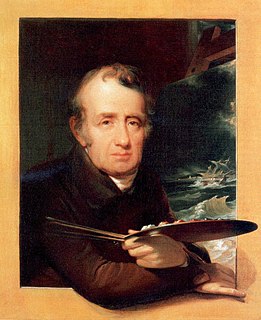 W
WThomas Birch, was an English-born American portrait and marine painter.
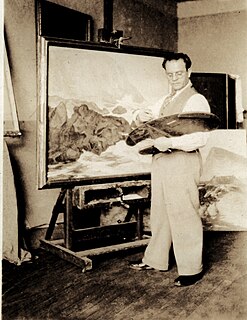 W
WAbraham Jacob Bogdanove was an American artist, mural painter, and teacher best known for his seascape paintings of the Maine coast, particularly around Monhegan Island.
 W
WWilliam Bradford was an American romanticist painter, photographer and explorer, originally from Fairhaven, Massachusetts, near New Bedford. His early work focused on portraits of the many ships in New Bedford Harbor. In 1858, his painting New Bedford Harbor at Sunset was included in Albert Bierstadt's landmark New Bedford Art Exhibition.
 W
WAlfred Thompson Bricher was a painter associated with White Mountain art and the Hudson River School.
 W
WAndrew F. Bunner (1841–1897) was an American painter and draughtsman. He lived in Manhattan, and he specialized in marine and landscape watercolors. His work is in the permanent collections of the Metropolitan Museum of Art and the National Gallery of Art.
 W
WCharles Codman was a noted American painter. Codman, who lived his entire life in Portland, Maine, was known for his landscape and marine paintings.
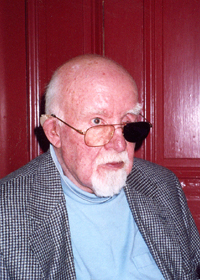 W
WJack Banham Coggins was an artist, author, and illustrator. He is known in the United States for his oil paintings, which focused predominantly on marine subjects. He is also known for his books on space travel, which were both authored and illustrated by Coggins. Besides his own works, Coggins also provided illustrations for advertisements and magazine covers and articles.
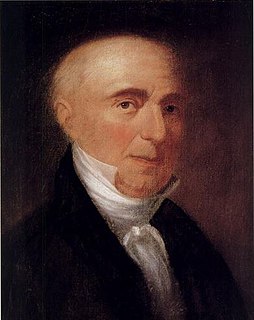 W
WMichele Felice Cornè (1752–1845) was an artist born in Elba who settled in the United States. He lived in Salem and Boston, Massachusetts; and in Newport, Rhode Island. He painted marine scenes, portraits, and interior decorations such as fireboards and murals.
 W
WWilliam A. Coulter, born William Alexander Coulter, was an American painter of marine subjects. Coulter was a native of Glenariff, County Antrim, in what is today Northern Ireland. He became an apprentice seaman at the age of 13, and after seven years at sea, came to settle in San Francisco in 1869. In the late 1870s, he went to Europe to study with marine artists Vilhelm Melbye, François Musin, and J. C. Jacobsen. In 1896, he joined the art staff of the San Francisco Call. Between 1909 and 1920, he painted five 16-by-18-foot murals for the Assembly Room of the Merchants Exchange Building. Coulter resided in the San Francisco Bay Area until his death at the age of 87, in his Sausalito home. During the course of his life, his paintings chronicled the history of shipping and navigation in the San Francisco and San Pablo bays.
 W
WFrederick Schiller Cozzens (1846–1928) was an American marine artist.
 W
WGideon Jacques Denny (1830–1886) was a marine artist who was born in Wilmington, Delaware on July 15, 1830. As a young man, he worked on ships in the Chesapeake Bay. He traveled to California in 1849 with the Gold Rush. He worked as a teamster on the San Francisco docks and was a member of the San Francisco Committee of Vigilance. After two years in California, he moved to Milwaukee, where he studied painting with Samuel Marsden Brookes. After six years of study in Milwaukee, Denny returned to San Francisco and established a studio on Bush Street. In 1862, Brookes moved to San Francisco and shared a studio with Denny. In 1868, Denny spent two months in Hawaii visiting several islands. He is also known to have visited Canada and South America. Denny died of malaria in Cambria, California on Oct. 7, 1886.
 W
WPaul Hampden Dougherty was an American marine painter. Dougherty was recognized for his American Impressionism paintings of the coasts of Maine and Cornwall in the years after the turn of the 20th Century. His work has been described as bold and masculine, and he was best known for his many paintings of breakers crashing against rocky coasts and mountain landscapes. Dougherty also painted still lifes, created prints and sculpted.
 W
WAnton Otto Fischer was an illustrator for the Saturday Evening Post.
 W
WJames Flora, best known for his distinctive and idiosyncratic album cover art for RCA Victor and Columbia Records during the 1940s and 1950s, was also a prolific commercial illustrator from the 1940s to the 1970s and the author/illustrator of 17 popular children's books. He was a fine artist as well, who created hundreds of paintings, drawings, etchings and sketches over his 84-year lifespan.
 W
WMaurits Frederik Hendrik de Haas was a Dutch-American marine painter. His name has been written as Mauritz Frederik de Haas, Maurice F. H. de Haas, Maurice Frederic Henri de Haas, Mauritz Frederick Hendrick De Haas, "Maurice Frederick Hendrick de Haas", as well as various other variations.
 W
WWilliam Formby Halsall was a marine painter born in Kirkdale, England. He lived at Provincetown, Massachusetts and died as a US citizen.
 W
WFrank W. Handlen is an American painter.
 W
WThomas Alexander Harrison, was an American marine painter who spent most of his career in France.
 W
WMartin Johnson Heade was an American painter known for his salt marsh landscapes, seascapes, and depictions of tropical birds, as well as lotus blossoms and other still lifes. His painting style and subject matter, while derived from the romanticism of the time, are regarded by art historians as a significant departure from those of his peers.
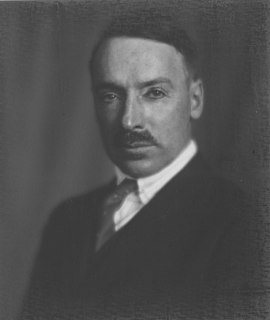 W
WHarry Leslie Hoffman (1871–1964) was an American Impressionist painter best known for his brightly colored paintings of underwater marine life.
 W
WWinslow Homer was an American landscape painter and printmaker, best known for his marine subjects. He is considered one of the foremost painters in 19th-century America and a preeminent figure in American art.
 W
WAntonio Nicolo Gasparo Jacobsen was a Danish-born American maritime artist known as the "Audubon of Steam Vessels".
 W
WJohn Frederick Kensett was an American landscape painter and engraver born in Cheshire, Connecticut. A member of the second generation of the Hudson River School of artists, Kensett's signature works are landscape paintings of New England and New York State, whose clear light and serene surfaces celebrate transcendental qualities of nature, and are associated with Luminism. Kensett's early work owed much to the influence of Thomas Cole, but was from the outset distinguished by a preference for cooler colors and an interest in less dramatic topography, favoring restraint in both palette and composition. The work of Kensett's maturity features tranquil scenery depicted with a spare geometry, culminating in series of paintings in which coastal promontories are balanced against glass-smooth water. He was a founder of the Metropolitan Museum of Art.
 W
WCharles Frederick Kimball was a 19th-century American, pastoral landscape and marine painter, etcher and a master cabinet maker in Portland, Maine.
 W
WFitz Henry Lane was an American painter and printmaker of a style that would later be called Luminism, for its use of pervasive light.
 W
WJohn Marcy Mecray was an American realist painter best known for his marine art.
 W
WSergei Alexander Nelke was an Estonian-American artist in the mid to late 20th century. He is primarily known as marine and landscape artist specializing in square rigged sailing vessels.
 W
WBurnell Poole was an American naval artist.
 W
WArthur Quartley was an American painter known for his marine seascapes.
 W
WFrank Knox Morton Rehn was an American marine painter and president of the Salmagundi Club. Born in Philadelphia, he attended the Pennsylvania Academy of the Fine Arts, where he studied under Christian Schussele. For several years, he then painted portraits in Philadelphia. Using money earned in Philadelphia, he moved to the coast of New Jersey, where he began doing marine paintings. In 1881, he married Margaret Selby. They moved to the Hotel Chelsea in New York City where, with other artists, he kept a studio on the top floor.
 W
WJulian Ritter was an American painter of Polish-German descent who painted primarily nudes, clowns and portraits.
 W
WAlbert Pinkham Ryder was an American painter best known for his poetic and moody allegorical works and seascapes, as well as his eccentric personality. While his art shared an emphasis on subtle variations of color with tonalist works of the time, it was unique for accentuating form in a way that some art historians regard as modernist.
 W
WPaul Richard Schumann was a Texas impressionist seascape painter who has been called the Gulf Coast counterpart of Winslow Homer.
 W
WFrancis Augustus Silva was an American Luminist painter of the Hudson River School. His specialty was marine scenes, particularly of the Atlantic coast, a genre in which he masterfully captured the subtle gradations of light in the coastal atmosphere. He focused on romantic scenes, avoiding depictions of seaside recreation, even when painting scenes at Coney Island, which was then already a popular recreational area.
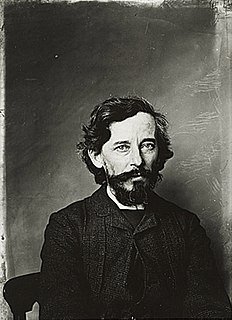 W
WXanthus Russell Smith was an American marine painter best known for his illustrations of the American Civil War.
 W
WAlexander C. Stuart (1831–1898) was a British-born American painter, specializing in naval scenes. He grew up in Glasgow, served in the British Army, and immigrated to US around 1861. Since then lived and worked on the East Coast of the United States. In the US he served in the Marines and the Navy (Union) until 1866; since then he worked as an artist and illustrator.
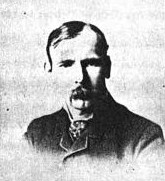 W
WClement Nye Swift was an American artist associated with the Pont-Aven School and known for his paintings of nautical themes and of life in Brittany and Massachusetts.
 W
WAnthony Thieme was a landscape and marine painter and a major figure of the Rockport (MA) School of American regional art. He was a contemporary of important Rockport artists Aldro Hibbard, Emil Gruppe, W. Lester Stevens, Antonio Cirino, and Marguerite Pierson.
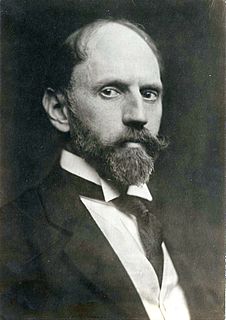 W
WFrederick Judd Waugh was an American artist, primarily known as a marine artist. During World War I, he designed ship camouflage for the U.S. Navy, under the direction of Everett L. Warner.
 W
WJack Richard Wemp was an American artist whose painting styles spanned the Depression era, expressionism, 60’s contemporary art styles, and, for the last 30 years of his life, a realist style reminiscent of the Hudson River school.